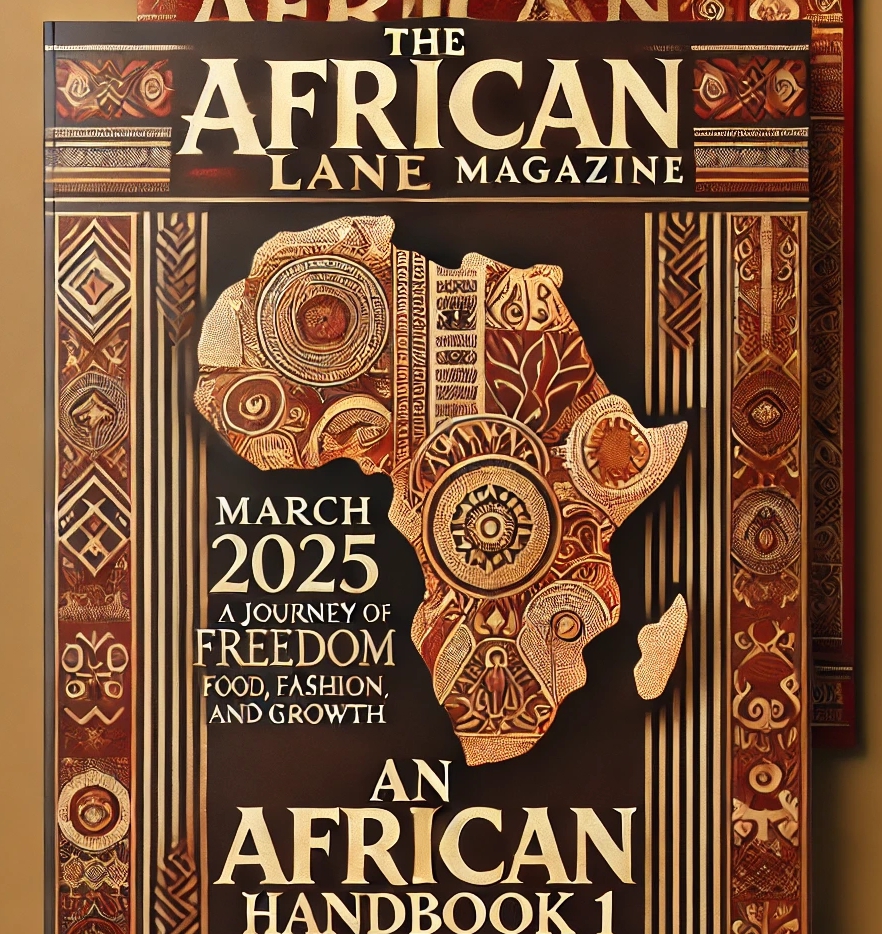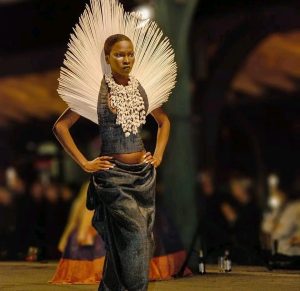Ibrahim Mahama artist makes art out of cocoa bags bags and Ankara
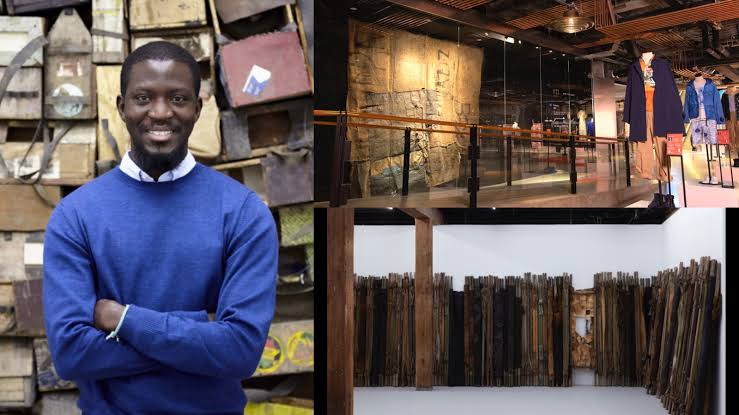
Born in Tamale, Ghana in 1987 Ibrahim Mahama is an author and an artist of monumental installations. He obtained a Master of Fine Arts in Painting and Sculpture in 2013 and a Bachelor’s in Fine Arts in Painting in 2010 at the Kwame Nkrumah University of Science and Technology, Kumasi, Ghana.
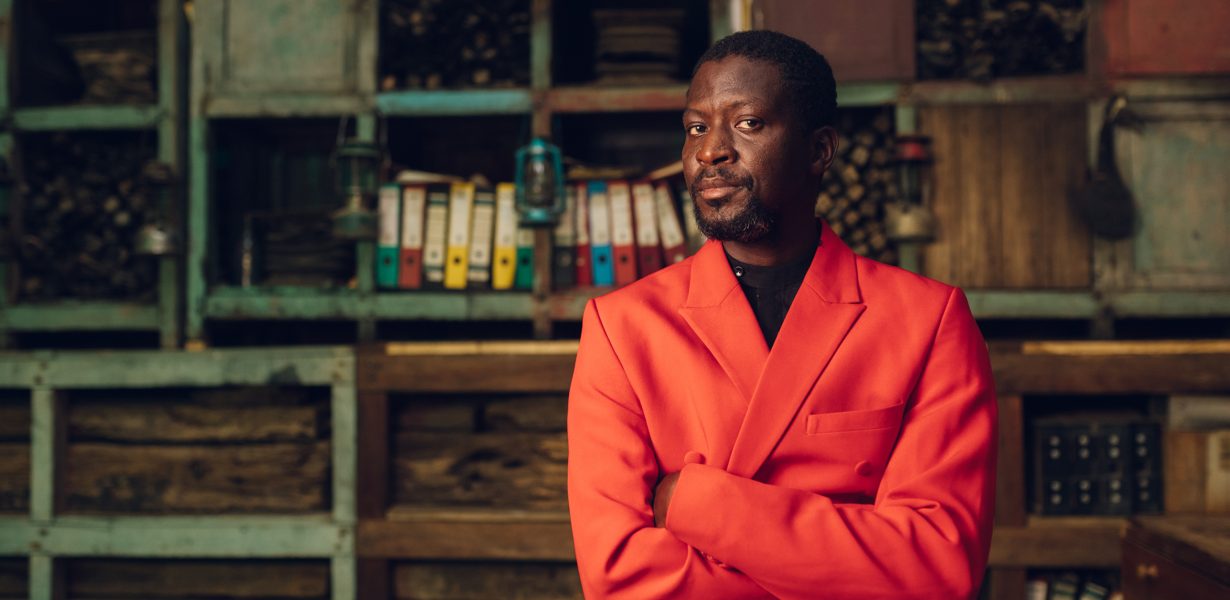

and rural areas in search of work. There is indeed a metaphor between the sacks and the nomadic and uncertain existence of people without documents or rights who seem to be subjected to the same conditions of the sacks – they endlessly travel through ports, warehouses, markets and cities, their living conditions precarious, their future uncertain.
According to Irenebrination.com Mahama’s “Occupation” series started in 2012 and continued to expand, becoming more ambitious scale-wise: the artist, who took part in major exhibitions,

international fairs and events all over the world, covered indeed with his experimental textiles different public spaces including government buildings, theatres, market spaces, footbridges and old train stations, reclaiming them and giving them a new configuration and life.
Mahama will represent Ghana on the occasion of the 58th Venice Biennale opening in May, but he is anticipating this new participation at the international event with another monumental installation, entitled “A Friend”.
Commissioned and presented by the Fondazione Nicola Trussardi with the collaboration of miart in the framework of 2019 Milan Art Week, and curated by Massimiliano Gioni, the installation wraps up in Mahama’s trademark jute sacks the two neoclassical Caselli Daziari (Tollgates) at Porta Venezia in Milan (Piazza Guglielmo Oberdan; until 14th April).
The site-specific installation is a way to highlight the importance of this urban landmark: one of the six main gateways in the ancient city walls, the crossroads of Porta Venezia stand on the same axis as previously erected gates during the Roman, Medieval, and Spanish eras.
A protagonist of the history of the city during catastrophic events such as the plague that devastated Milan in the 17th century (Porta Venezia also appears in Alessandro Manzoni’s historical novel The Betrothed), Porta Venezia
marks a sort of border between the urban fabric of the city and the countryside, so between the metropolis and the outside world.
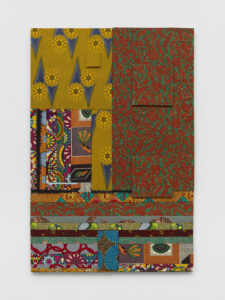
As the crossroads also separate the city from the many multi-ethnic neighborhoods surrounding it, “A Friend” is conceived also as a threshold, a passage between the inside and outside and a way to meet new cultures.
In ancient times the main function of the gateway was that of being a place of trade and exchange, and this installation is also a way to tackle contemporary themes such as globalisation, migration and the circulation of goods and people (key themes, especially in Italy where the far-right anti-migrant policies of the local Interior Minister and Deputy Prime Minister have created a chaotic situation without finding real and proper solutions).
So while previous exercises in building wrapping in Milan by Christo, who wrapped the monuments of Leonardo and Vittorio Emanuele in Piazza della Scala and Piazza del Duomo in the 1970s, were used as a critique of consumption, the second skin created by Mahama around Porta Venezia weaves in the fabric of the city a new narrative that revolves around stories of global tensions
These themes are perfectly represented by the sacks: traded across Ghana, the jute sacks implicitly confront the notions of trade, labour, and export that connect Ghana and the rest of the world. Manufactured in Southeast Asia and imported into Ghana by produce buyers who use them to bag cocoa, beans, rice and coal, before distributing them to end-users all over the world, the sacks reference the history of Ghana’s political and financial economies, but they also hint at markets as places of inequalities and labour exploitation, while commenting on the effects of globalisation.
So, while there are parallelisms between Mahama’s sacks and the American sacks used for distributing food supplies in Europe as part of the Marshall Plan after World War II that served as inspiration for Alberto Burri’s work, there are further meanings to discover behind these textiles.
The jute sacks are indeed marked with the names of various owners, so once integrated in Mahama’s installations they encapsulate personal narratives and become tangible proofs of intangible identities.
“A Friend” is a symbol of conflict and drama inviting passers-by to go beyond the mere sacks and think about the personal narratives and identities of the owners and of the people who used them and sewn them together including migrants from urban and rural areas in search of work. There is indeed a metaphor between the sacks and the nomadic and uncertain existence of people without documents or rights who seem to be subjected to the same conditions of the sacks – they endlessly travel through ports, warehouses, markets and cities, their living conditions precarious, their future uncertain.
As part of his contribution to the development of Africa through art, Mahama was named the 73rd most influential African by theafricareport.com in the list of 100 most influential Africans 2019/2020
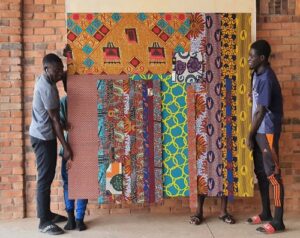
The exhibition title is drawn from the novel of the same name by the Nigerian writer Chimamanda Ngozi Adichie, which focuses on the Nigerian-Biafran War in the late 1960s, while the individual works are inspired by the 1970s songs of Fela Kuti, the Pan-Africanist musician and political activist. For Mahama, this period of independence from colonial British rule across Africa has long been a source of inspiration. As the artist states: ‘this is an African story, with ideas of freedom beyond the chaos.’
